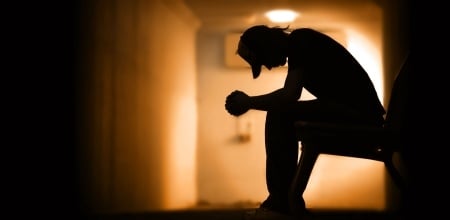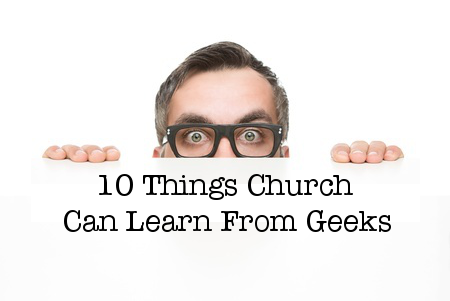
In order to understand why we need to grow our churches organicly (whatever that may mean – don’t worry, we will get to that), we need to understand a little about how we, The Church, arrived at our current location as well as what the location is.
There was a time, frequently referred to as “the good ol’ days,” when the church was the center of society (as in the first quadrant of the illustration below). A large percentage of a community’s life centered around the church. It was not only the moral compass and center for their lives, but it was their social and philanthropic center of their lives as well.
This afforded the church the ability to define for it’s community what was acceptable and what was not. It was really unlikely that people would challenge the status quo that was being established (one, not surprisingly, heavily weighted down with dogma). Challenging the thing that defined your community and was the center piece of many people’s daily lives and activities would have probably been a really good way to make sure you were not accepted by those who had power in the establishment and ultimately you would probably be pushed out to the margins of the circle of society, if included in it at all. So, the status quo that’s being established goes unchallenged and ever-unchanging.
As you could probably guess, this kind of influence (and let’s just be honest, power) was somewhat intoxicating. The Church, particularly it’s leaders, began to believe the myth that they had established. The myth wasn’t that they were at the center of community, because in many ways they really were. The myth that they had begun to believe was that they deserved to be there, that it was by some divine right that they have so much influence (and power).
That was the beginning of getting left behind. In the illustration below, the first quadrant represents where the church once was – in the center of society. The blue arrow represents time and change. Over time, society began changing. The church, in it’s perceived place of godly instituted influence and power, did not change even though it has a history of changing and, at times, doing so dynamically. The further society moved down the time line, the more it changed and the more church did not. With each passing year The Church became less and less relevant for a quickly change society.
We have a problem. Growing our churches organicly is at least one good solution. But before we go there, we need to understand how our current condition has effected our relationship with our community. We will look at that in the third installment in this four part-er on Growing Church Organicly.
Part 1: Hopey-Changey
Part 3: Can The Walls Come a Tumbling Down?












